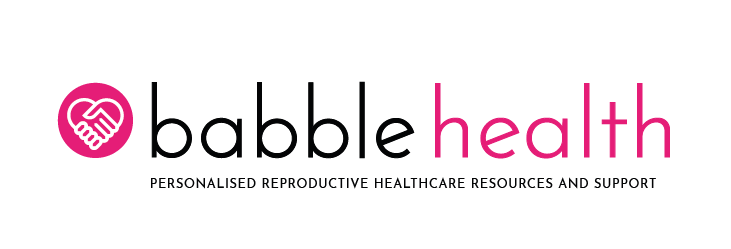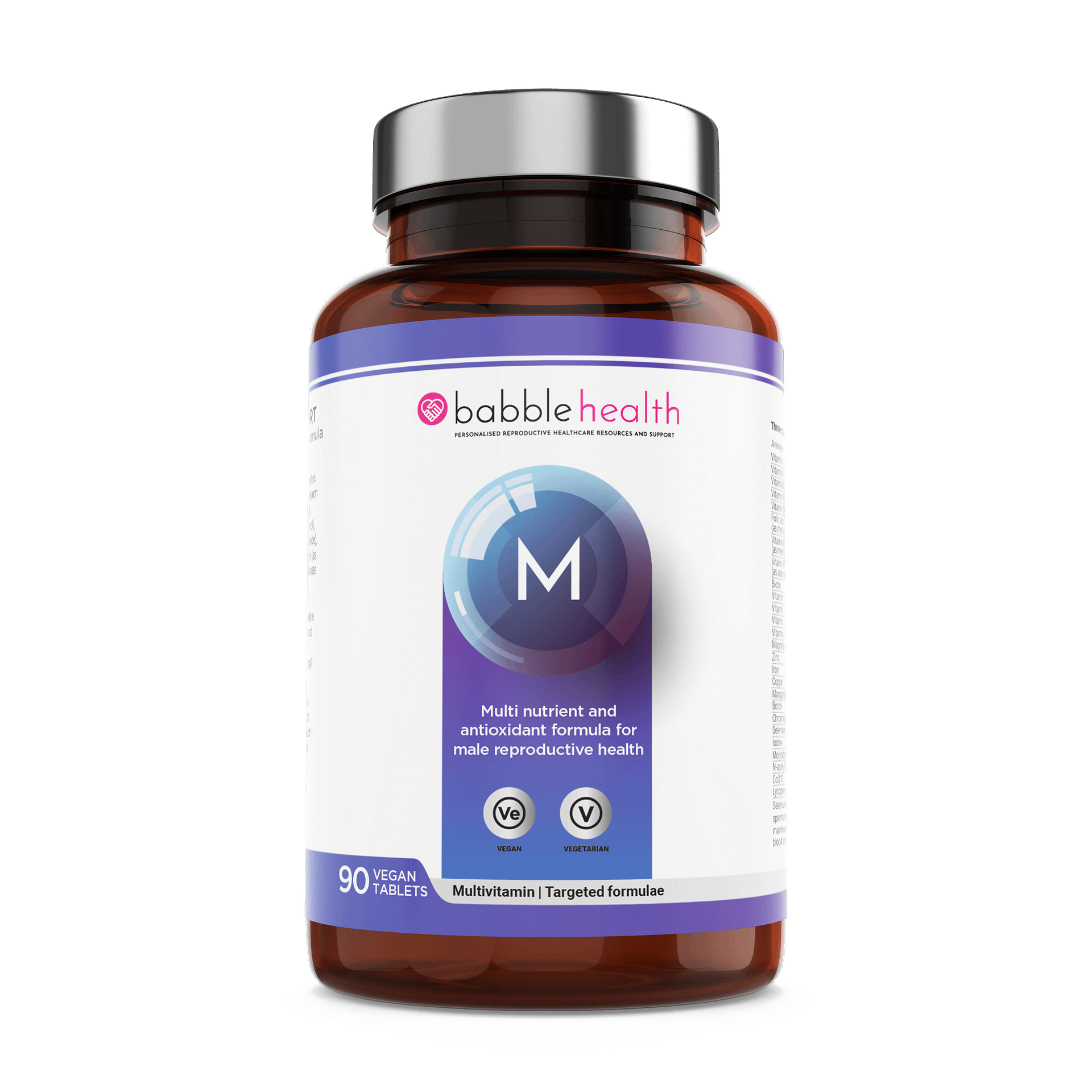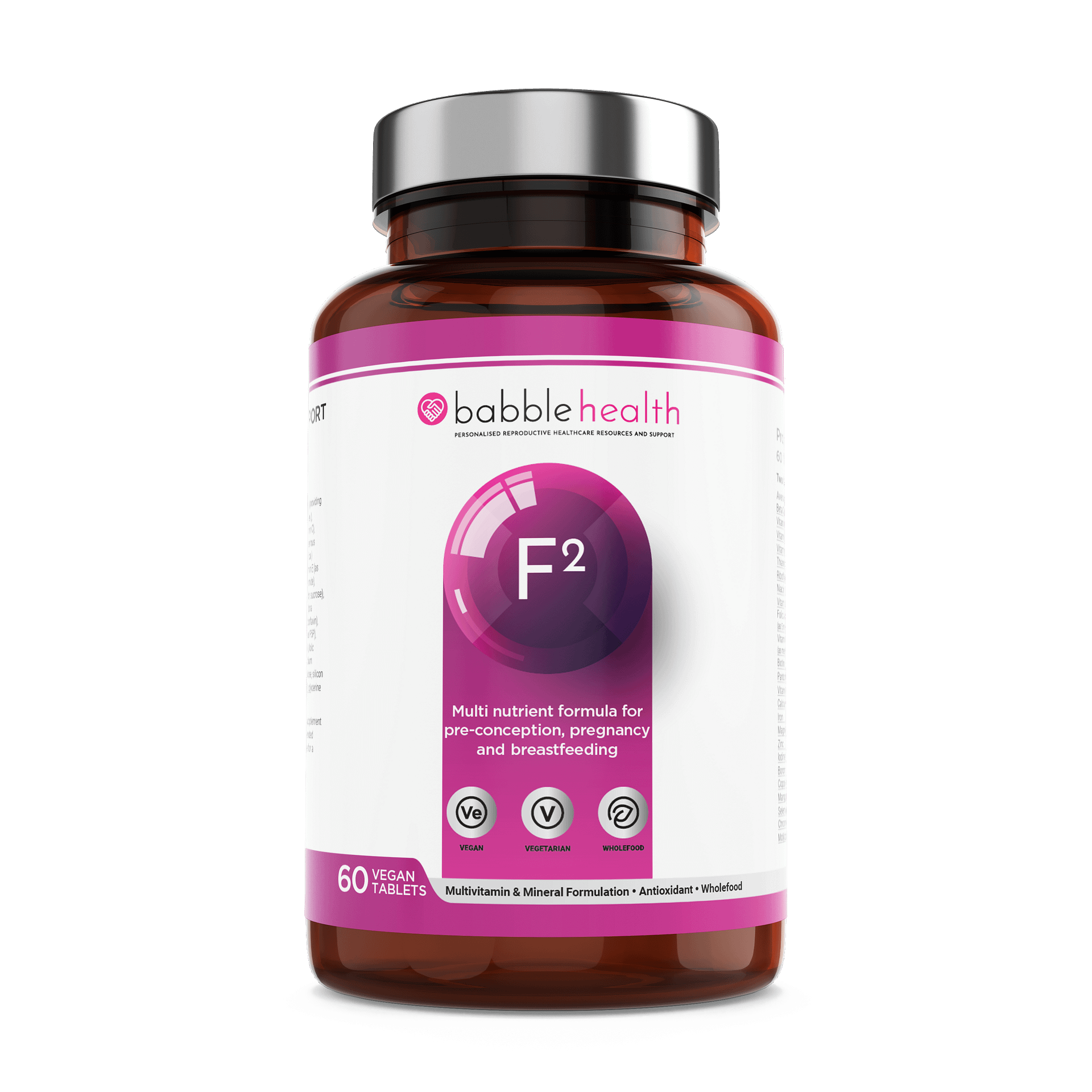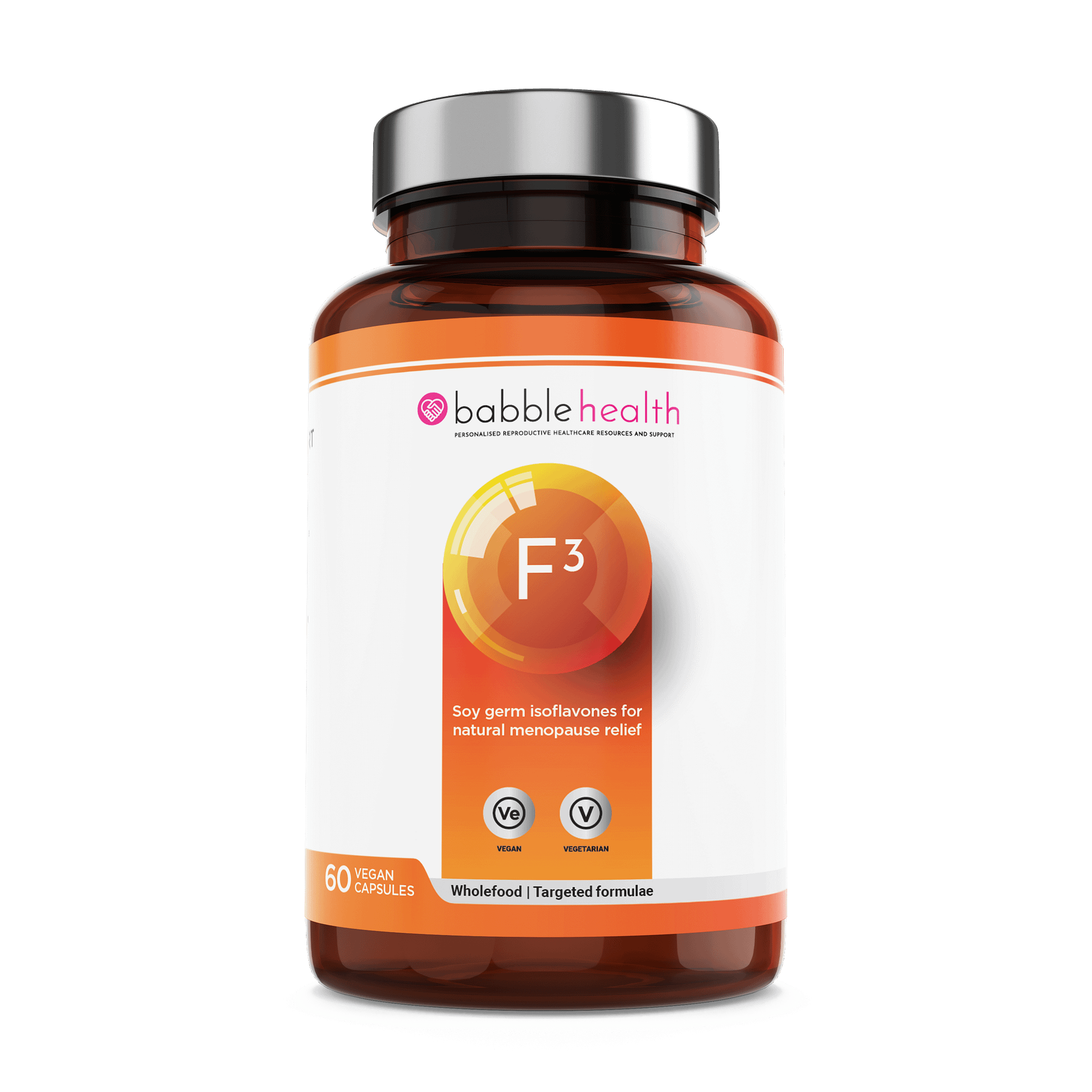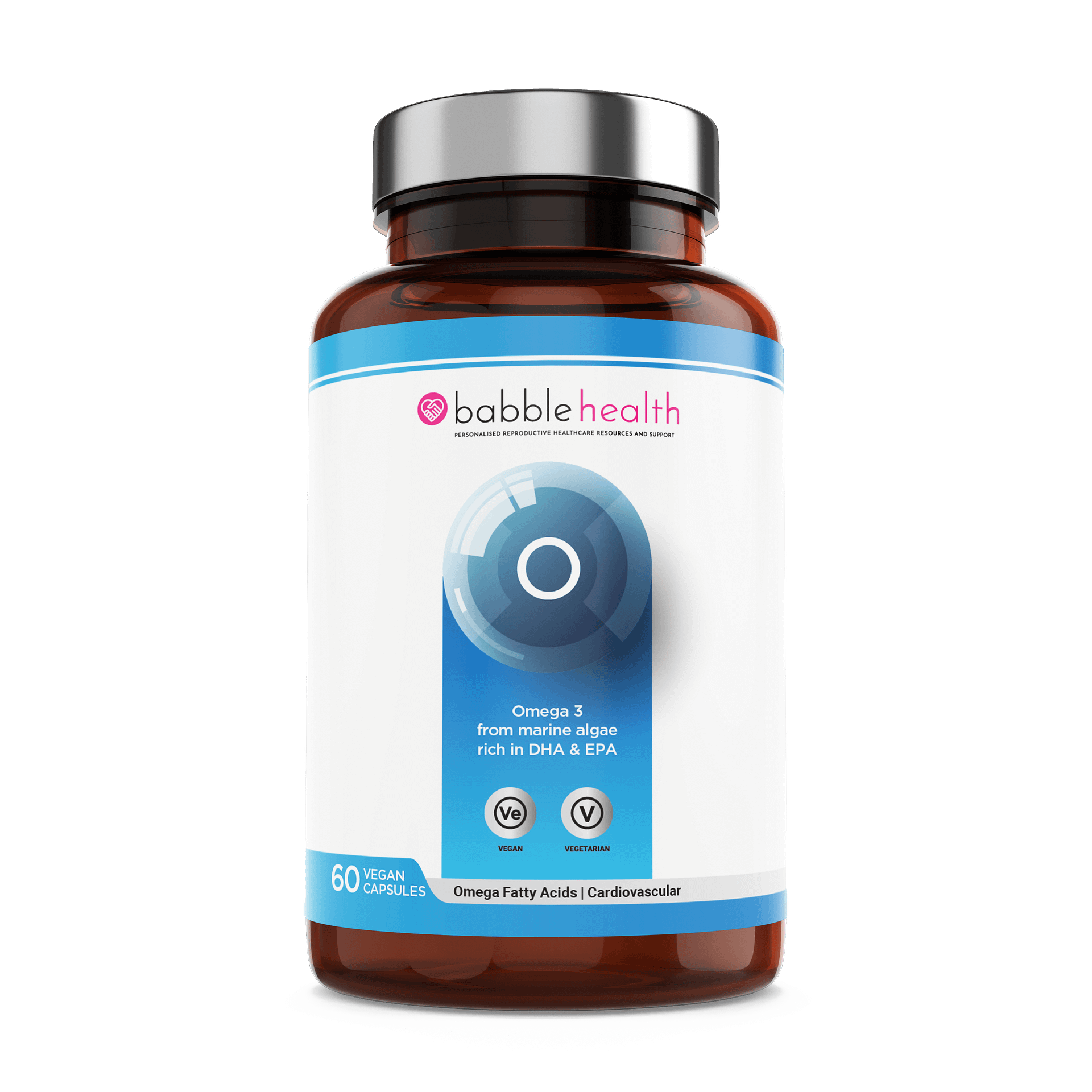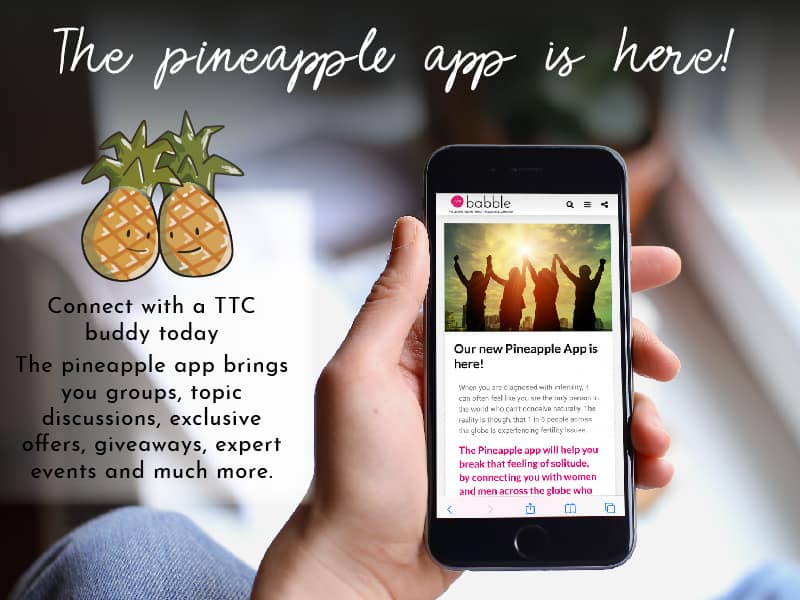Companies vying to recruit the top candidates for the top roles usually offer top benefits packages to match now. In days gone by, these benefits packages would normally include a decent wage, generous holiday entitlement and healthcare benefits to cover most eventualities.
But now, employers are having to add another benefit to their health insurance packages, something that almost 50% of prospective employees say is important – fertility benefits.
More and more companies are now offering fertility cover to help employees have or extend their families, and to neglect this, is to pull yourself out of the recruitment race
In a recent poll conducted by The Harris Poll on behalf of Fortune, employees say they’re now deciding on job offers by looking closely at what fertility benefits are on offer.
Fertility benefits include cover for IVF and other assisted fertility tests, medications and treatments as well as coverage for adoption, surrogacy and egg and sperm freezing procedures. Individuals and couples expect to be covered, including those from the LGBTQ+ communities.
As an increasing number of employees are offering such cover however, large disparities are being highlighted, with large costs sometimes being passed onto unwitting employees for services that aren’t necessarily covered or shortfalls in funding being revealed.
Benefits vary vastly between companies, with research showing for example that 41% of employers offering fertility benefits cover surrogacy and 32% cover one or a set number of IVF cycles. Whilst 24% cover fertility medications and only 19% cover egg freezing.
On average in the US, those firms covering IVF, offer up to $36,000 over a lifetime
This is a lot of dollars, but when we consider that one cycle can be in excess of $16,000 without including the costs of meds, anaesthesia, embryo storage and embryo transfer, we realise it’s not. Add to that, the fact that most patients require two or three cycles to become pregnant.
Research also shows that some companies may offer $50,000 towards IVF, with around $10,000 towards adoption.
Employees are urged to look beyond the total capped allowance, and to ask questions regarding exactly what’s covered
Some have high excesses, where the first $5,000 needs to be covered by the employee. Some only offer cover after a certain time in employment or reaching certain other criteria.
In cases of egg freezing, benefits might be scrapped if a woman leaves her job, but still has her eggs in storage. Or they might be scrapped if she moves to another state.
The bottom line for employers is that offering fertility benefits as part of a health insurance package is now key in attracting serious contenders for jobs.
Making them accessible, fair and transparent is just as important
If you’re looking for advice on offering fertility benefits to your employee benefits packages, get in touch to discover how we can help you navigate your way through the sometimes confusing rules and regulations and how they can benefit you and your team.

